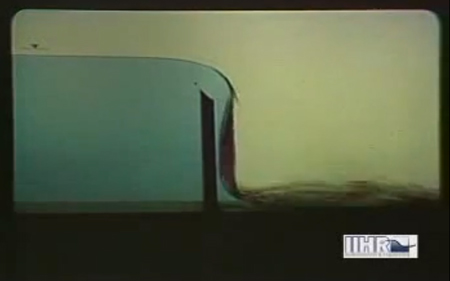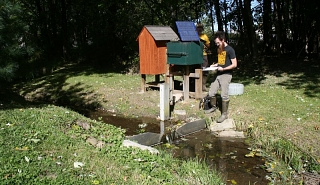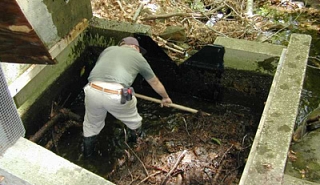When selecting among the various types of thin plate weirs there are a number of things to keep in mind:
- Weir pool size
- Channel width / configuration
- Upstream freeboard are some of the more relevant items
Without additional flow conditioning, weirs can require long upstream weir pools - the greater the weir hear head, the greater the length of the weir pool. Weir pools should be straight and of constant dimension for at least 20 times the maximum head (Hmax) over the weir.
So while a smaller notch opening may provide greater flow resolution, the upstream channel may be such that a long enough weir pool can’t be formed. V-notch weirs will require the longest weir pools, then Cipolleti, then rectangular weirs with end contractions. Rectangular weirs without end contractions will require the shortest.
Similarly the width of the channel can be a concern. Unless the weir chosen is a rectangular weir without end contractions, there should be at least 2 Hmax to each side of the widest wetted portion of the notch. Narrower than this and the approaching flow with have a higher velocity than normal for the weir - resulting in indicated flow rates that are lower than the actual flow rates. As before, V notch the widest channel, then Cipolletti, then rectangular weirs with end contractions, and finally rectangular weirs without end contractions.

If a rectangular weir without end contractions is selected as the weir type, the channel banks must be such that they can allow for breather tubes to be installed at both banks. These tubes allow air to circulate between the downstream face of the weir plate and the underside of the nappe (body of water passing over the weir crest).
Without them and the air under the nappe will ultimately be entrained in the discharge and the nappe will collapse against the weir plate. The flow will be come erratic and prone to error.
Naturally the smaller the notch opening, the higher the upstream head has to be to pass a given flow rate. It is important to double check to make sure that the flow won’t rise higher than the weir plate or its upstream banks. It’s important that the water doesn’t rise over the channel banks and flood the surrounding lands.





